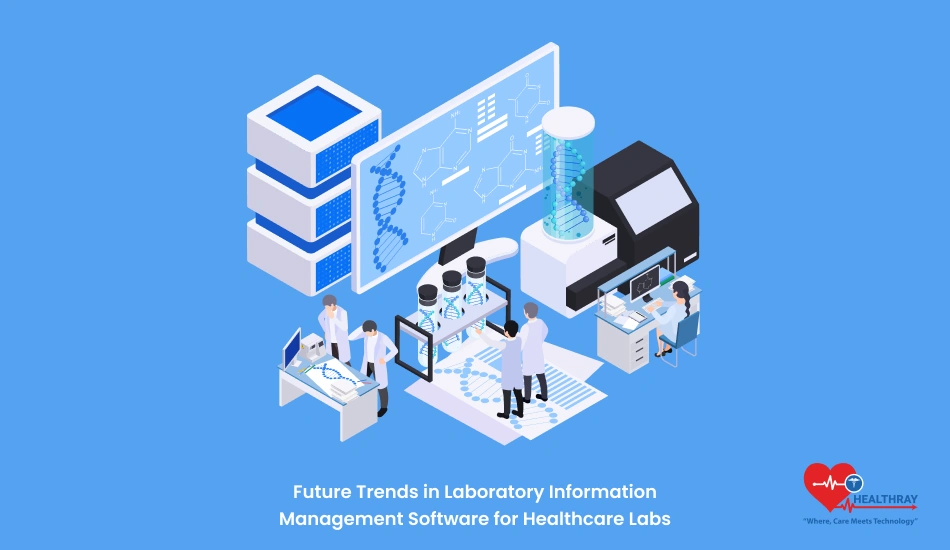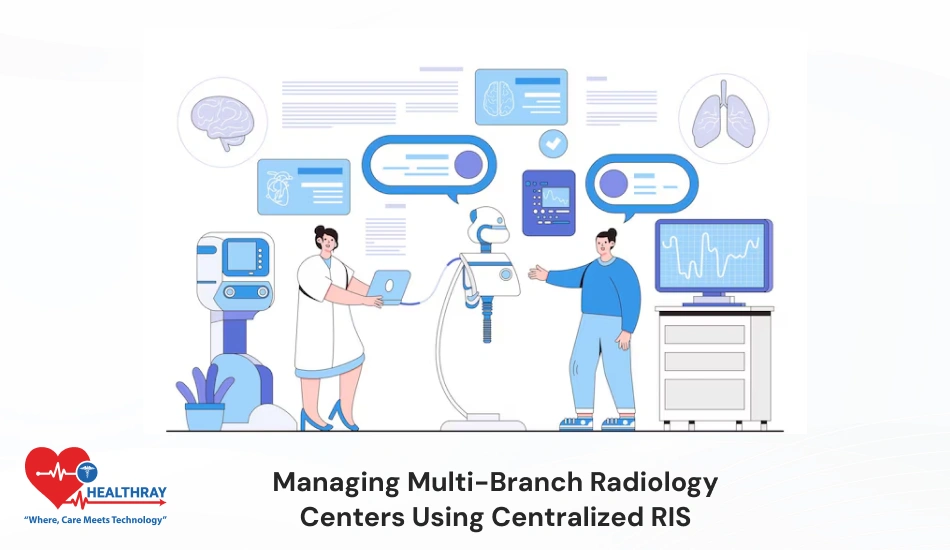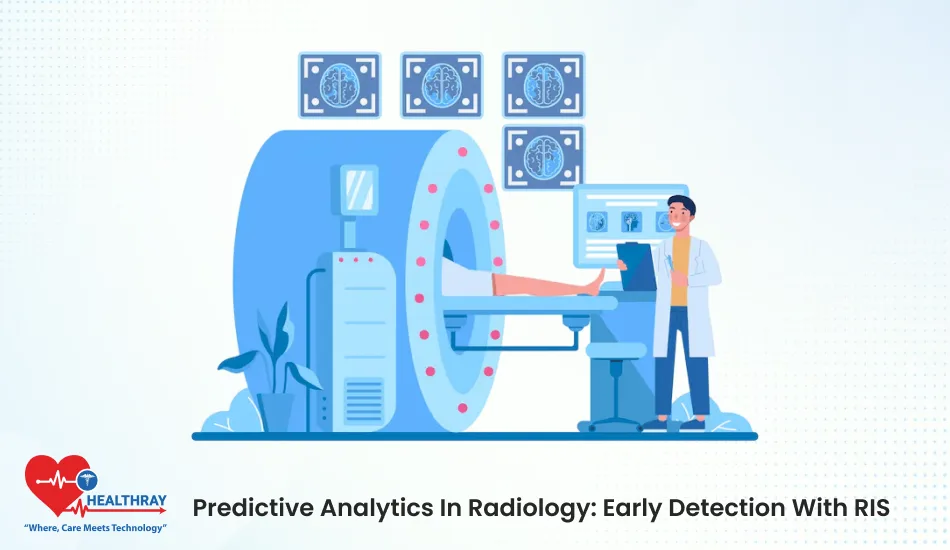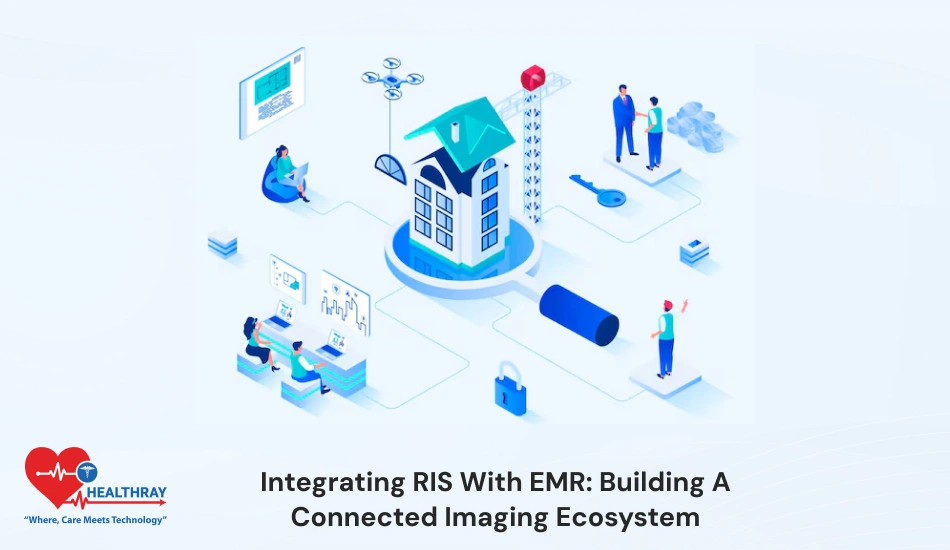Future Trends in Laboratory Information Management Software for Healthcare Labs Since the healthcare labs become complex, many are now looking into the technology to support the new requirements. The urge for faster diagnosis, stricter regulation, and need for data security are pushing health laboratories toward more modern tools. In this regard, LIMS (Laboratory Information Management Software) is at the forefront of the change, and future trends of LIMS go towards automation, artificial intelligence, and cloud computing to enhance the lab’s productivity.
The question many lab owners, managers, and technicians are asking is: What future trends in Laboratory Information Management System will shape the healthcare industry? From artificial intelligence to mobile LIMS, this article will break down these trends and discuss how labs can prepare for the coming changes.
The Role of AI and Machine Learning in LIMS
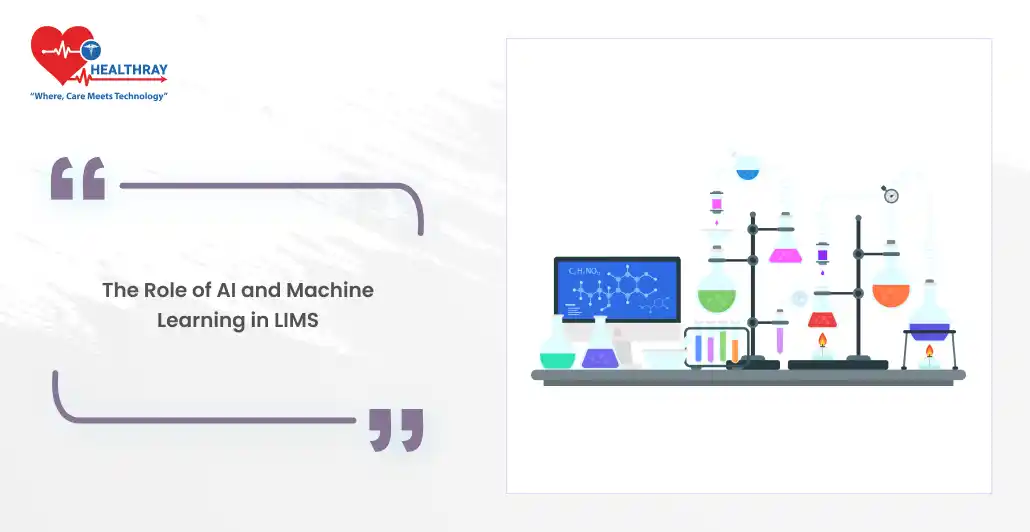
One of the most important changes coming to healthcare labs is the integration of artificial intelligence and machine learning. In labs, AI is changing the way data is processed, analyzed, and stored. AI-powered LIMS can now automate repetitive tasks such as data entry, sample labeling, and validation. This reduces errors and frees up time for lab technicians to focus on more complex tasks.
AI is especially helpful in healthcare labs with a large number of samples. Algorithms can process big data quickly and give insights that cannot be achieved by manual methods. For instance, AI-based predictive analytics can enable labs to identify early warning signs of diseases through the analysis of patient samples and medical histories.
This not only accelerates diagnostics but also improves patient outcomes by allowing for earlier intervention.
Another benefit of AI integration in LIMS systems is improved data accuracy.
Automated routine tasks and decision support ensure that the labs produce reliable data every time. This is important for lab managers and technicians who must adhere to the highest standards of accuracy and reliability in test results.
Cloud-Based LIMS: Flexibility and Remote Access
As more labs embrace digital solutions, cloud-based LIMS is becoming the standard for many healthcare laboratories. A cloud LIMS offers labs greater flexibility, allowing them to scale operations without investing in expensive on-premise infrastructure. Cloud-based systems enable labs to store data securely while offering real-time access from any location.
Cloud LIMS systems are particularly beneficial for multi-location labs or labs that collaborate with other research institutions. With remote access, lab technicians and managers can work from anywhere, sharing and analyzing data in real time. This is especially important in today’s globalized world, where labs often need to share results with researchers or partners across different time zones.
Other more significant benefits for cloud-based LIMS are related to data management. With this kind of facility, all data in the labs are stored at one place called cloud storage and thus makes lab managers track and trace sample developments, test reports, and also maintain regulatory compliance; it also makes possible a paperless lab, an all-digital lab, with reduced operations cost and expenses.
Automation and Robotics in LIMS
Automation is fast changing the face of healthcare laboratories. With robotics and automation, laboratories can process samples for preparation, testing, and analysis faster than the human process. Such technologies save time and also cut down on the margins of human error.
This is to say, automated LIMS systems can manage everything from scheduling sample tests to recording results. In other words, lab technicians no longer need to manually input data for every sample.
This has reduced the risk of errors and increased the efficiency of lab workflows.
One of the most exciting developments in automation is the use of robotics for sample handling. Robotic arms can prepare samples, transfer them to different machines, and even store them in lab freezers, all without human intervention. This level of automation allows labs to process hundreds or thousands of samples in a fraction of the time it would take a human technician.
Mobile LIMS and Lab Mobility
As laboratories become more digital, mobile LIMS is another trend that’s gaining popularity. Mobile LIMS allows lab technicians to access LIMS functionality on their smartphones or tablets, providing greater mobility inside and outside the lab.
Lab technicians can log data while mobile, be it within the laboratory or at a sample collection site; this will help save time, improve workflow as data is being entered in real-time and also analyzed immediately. The sample trail can be traced, and the technician can put the results as well as get to patient history directly on their hand for flexible laboratory management.
The key advantage of using mobile LIMS is that they are very much useful for those labs that go for field testing or research studies where data acquisition is required away from the ordinary lab setup. Mobile LIMS allows access to LIMS functionalities from any location, making labs more organized and efficient regardless of their location.
Improved Data Safety and Compliance
With lab data increasingly becoming digital, security and compliance with the data are an important aspect of health labs. LIMS systems should be in line with the regulation of handling patient data in the light of HIPAA and FDA’s compliance. Today, LIMS is being upgraded to include new advanced security measures against breaches and access by unauthorized users.
One of the most important features of modern LIMS systems is data encryption. In this way, LIMS ensures that even in case of a data breach, the information remains unreadable to unauthorized users. Besides, LIMS systems now come with audit trails and electronic signatures to help labs meet the regulatory requirements.
It’s not just data protection; compliance is also the proper keeping of records, which is accurate and reliable. Advanced LIMS systems can help labs track samples, record test results, and generate compliance reports in real-time. This will make labs always prepared for audits and inspections.
Instrument Integration and Predictive Maintenance
Lab instrument integration into the LIMS is one of the newer trends that allow for connecting the instruments directly to the LIMS, enabling direct data transfer with less dependency on manual entry, thus decreasing human error.
The integrated tools also enable predictive maintenance for the laboratories. LIMS allows real-time tracking of the instruments’ performance to predict when some equipment is probably going to break down and sets up a preventive maintenance schedule so that the labs do not encounter costly repairs with downtime.
For lab operations that highly depend on complicated instrumentation, for example, pathology labs, it is a revolution.
With instrument data used to predict maintenance needs, labs can achieve better operational efficiency and avoid failures of equipment not expected.
Conclusion
The labs in healthcare need to keep up to date with respect to the changes in the technology of the world. The future of LIMS is based on AI, cloud computing, and automation. This drives efficiency, accuracy, and scalability for healthcare labs. Owners, managers, and technicians behind the labs should start paying attention to such trends and understand how they could work within that into their present operations.
Through these new technologies, labs can improve the flow of their operations, reduce error rates, and better respond to the needs of a growing health sector.
